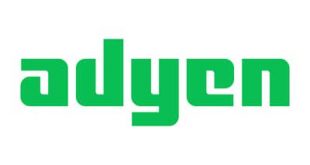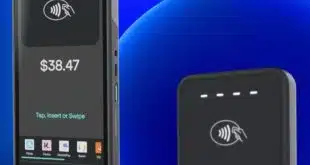Results from a pilot in San Francisco involving multiple accounts on cell phones equipped with specialized contactless-payment capability show that consumers will readily adopt such technology as a form of wallet and as a way of accessing marketing content, says an executive with the processor involved in the pilot. In the four-month trial, which ended May 30 but whose results were released only this week, “the consumer really, truly was using the phone like a leather wallet,” Barry C. McCarthy, president of First Data Corp.'s mobile-commerce solutions division, tells Digital Transactions News. In the pilot, some 230 commuters used Samsung SPH-A920M model phones equipped with near-field communication (NFC) technology to pay for fares on the Bay Area Rapid Transit (BART) system by tapping the devices at 500 turnstiles in 43 BART stations (Digital Transactions News, Jan. 30 and April 17). All told, they used the devices to pay for almost 9,000 rides, according to the results, which were released by First Data and ViVOtech Inc., a vendor of contactless readers and mobile-wallet software. That works out to nearly 10 trips per user per month, a number that impressed First Data, which processed transactions for the pilot. “That's a lot of trips,” says McCarthy. The prepaid BART accounts could be replenished?or topped up?from users' credit card accounts using over-the-air downloads handled by Sprint Nextel Corp., the carrier for the pilot. Users performed more than 800 top-ups, according to the results. They also downloaded marketing messages from so-called smart posters hung in the transit stations and also embedded with NFC chips. This content included digital content from Sprint and directions to five local Jack in the Box fast-food restaurants. Users tapped these posters “several hundred times,” say First Data and ViVOtech, without being more specific. Once at the fast-food outlets, users could tap their phones to pay for meals using contactless readers already installed by Jack in the Box. Payments were debited from prepaid accounts offered by the restaurant company. The total number of these transactions was not released. Up to now, other NFC pilots have involved single financial accounts loaded onto phones. But McCarthy says the BART pilot proves the case for multiaccount wallets on phones, and also shows consumers will willingly adopt NFC phones to not only conduct payment transactions but also to load funds and download marketing content. “That's the trifecta,” he says. “There's a lot of positive evidence there of consumer adoption, to use [NFC] not just once but repeatedly.” McCarthy says First Data went into the pilot hoping to learn whether consumers would take to the notion of managing more than one payment account on a phone. The company also wondered whether they would accept the idea of accessing content from smart posters. The pilot showed, he says, that “not only would the do [these things], but they loved it.” Another lesson learned from the pilot, McCarthy says, is the need for more places where people can use NFC phones “Clearly, we need to get more contactless readers installed,” he says. “There's overwhelming evidence that people want to use [NFC] in more places.” To encourage more merchants to install readers, First Data is pushing a technology it calls Go Tag, a product incorporating a radio-frequency transmitter that affixes to a phone (or any other device) and turns it into a contactless-payment token. The technology is seen as a half-way house to NFC, since it allows mobile phones to perform contactless transactions but doesn't interact with the phone's operating system. Similar technology has already been adopted by Mobile Candy Dish, a mobile-services software provider (Digital Transactions News, April 10), and Heartland Payment Systems, a merchant processor (Aug. 22, 2007). Also, Inside Contactless, a maker of contactless chips, announced on Tuesday it is launching what it calls a “contactless prelam,” which includes a contactless chip and tuned radio-frequency antenna and can be embedded in so-called stickers to be affixed to phones.
Check Also
Expecting A CCCA Revival, Opponents Spell Out the Bill’s Economic Impact
Opponents of the proposed Credit Card Competition Act expect the bill will be reintroduced in …





